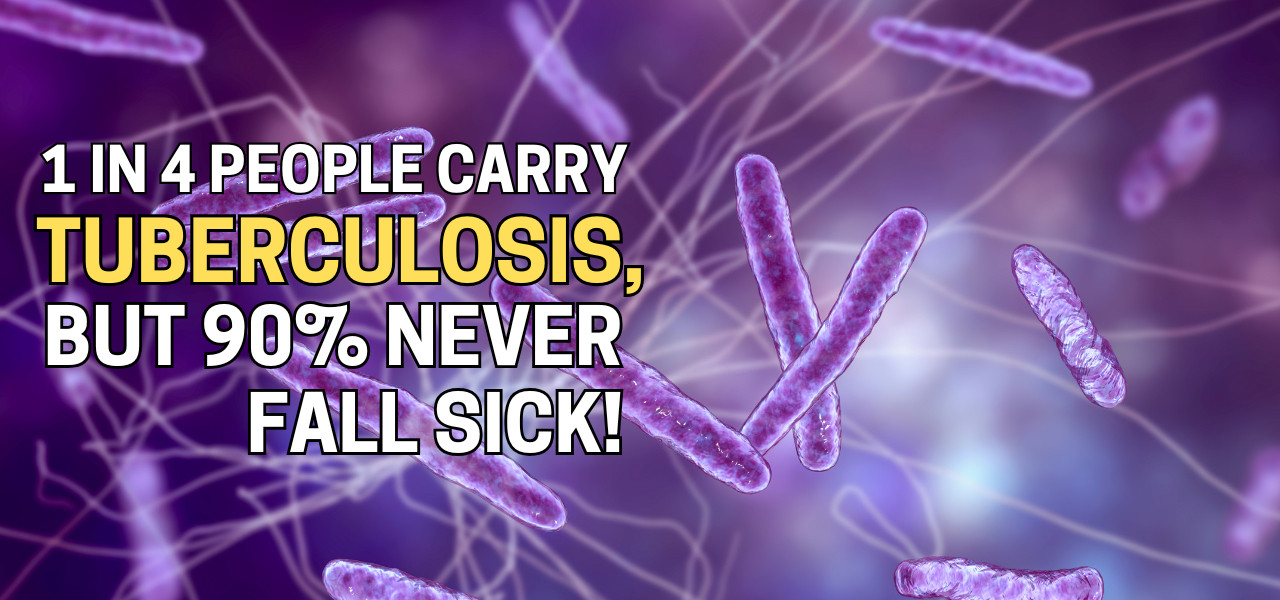World TB Day: Understanding the Real Cause of Tuberculosis
Every year, March 24 marks World TB Day, a crucial reminder of the ongoing battle against tuberculosis (TB). Despite medical advancements, TB remains one of the top 10 causes of death worldwide, with 10.8 million new cases with 1.25 million deaths in 2023 (WHO). including 6.0 million men, 3.6 million women and 1.3 million children. TB is present in all countries and age groups.
A common misconception about TB is that infection equals disease. But if that were true, every person exposed to Mycobacterium tuberculosis (Mtb) should develop TB. The reality? 90% of infected people never develop symptoms.
👉 Why does one person in a household develop severe TB while others remain unaffected?
👉 What factors determine whether exposure leads to active disease?
The answer lies in something most medical discussions overlook: Bio-Terrain.
Why Exposure Alone Doesn’t Cause Tuberculosis
The global burden of TB is staggering. According to the World Health Organization (WHO), nearly one-fourth of the world’s population carries TB bacteria, yet only a small percentage progress to active disease.
So, what makes some people more vulnerable than others?
Latent TB vs. Active TB: A Matter of Bio-Terrain
- Latent TB – The bacteria remain dormant with no symptoms or risk of transmission.
- Active TB – The bacteria multiply, leading to severe lung infection and potential spread.
Key Scientific Findings:
- 90% of people with latent TB never develop active disease because their immune system keeps the bacteria in check (WHO).
- A Lancet study found that host factors like immune function and metabolic health play a bigger role than exposure alone.
- TB doesn’t strike randomly—it thrives in weakened bodies.
This leads us to the Bio-Terrain Theory.
The Missing Link in Tuberculosis Prevention: Bio-Terrain
What Is Bio-Terrain?
Bio-Terrain refers to the internal environment of the body—our immune system, microbiome, and metabolic balance. If the terrain is strong, infections struggle to take hold. If it’s weak, disease flourishes.
Why Only One Person in a Household Gets TB
Imagine a family of five. One member develops TB, while the others remain unaffected despite the same exposure. Why? The affected person likely had:
- Chronic inflammation (caused by processed foods, sugar, and oxidative stress).
- Poor gut health (dysbiosis, leaky gut, lack of probiotics).
- Nutritional deficiencies (low Vitamin D, zinc, magnesium).
- High stress & poor sleep, weakening immune resilience.
Scientific Evidence for Bio-Terrain & TB
- Malnutrition increases TB risk 3-4x (WHO).
- Vitamin D deficiency is directly linked to TB susceptibility (BMJ study).
- Imbalanced gut microbiome weakens lung immunity, allowing TB bacteria to thrive (Nature Reviews Immunology).
The Real Risk Factors for Tuberculosis: More Than Just Infection
While exposure to M. tuberculosis is necessary for TB, it is not enough to develop active disease. Other major risk factors include:
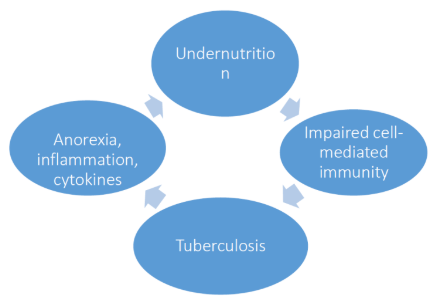
1️⃣ Malnutrition & TB
- 45% of TB cases are linked to undernutrition (WHO).
- Protein & micronutrient deficiencies impair immune function, making it easier for TB to progress.
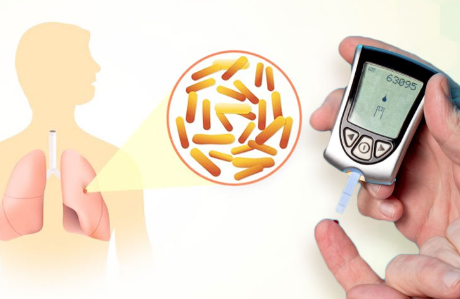
2️⃣ Diabetes & TB
- Diabetics are 3x more likely to develop active TB due to high blood sugar disrupting immune function.
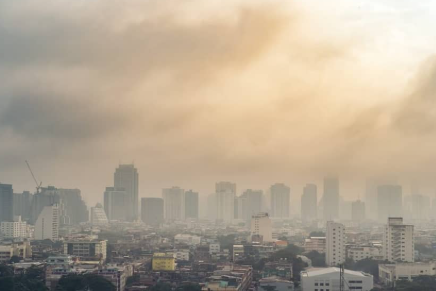
3️⃣ Air Pollution & TB
- Pollutants damage lung defenses, increasing TB vulnerability.
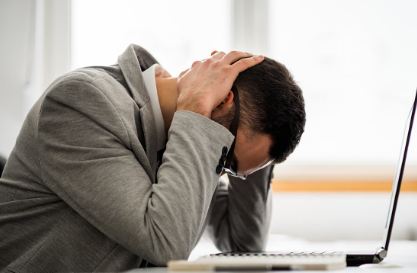
4️⃣ Chronic Stress & TB
- High cortisol levels suppress immunity, allowing TB bacteria to multiply.
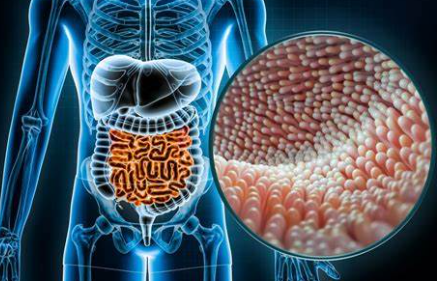
5️⃣ Gut health & TB
- 70% of immune function is linked to the gut microbiome—an imbalanced gut weakens lung immunity.
Rebuilding a Strong Bio-Terrain: The Key to TB Prevention & Recovery
If TB thrives in a weak bio-terrain, then strengthening the terrain should be our primary prevention strategy. Here’s how:
✅ 1. Optimize Nutrition
✔️ Increase Vitamin D, Zinc, and Magnesium to boost immune function.
✔️ Prioritize protein, omega-3s, and antioxidant-rich foods to lower inflammation.
✅ 2. Support the Gut Microbiome
✔️ Eat fermented foods (yogurt, kimchi, sauerkraut) for probiotic support.
✔️ Consume prebiotics (fiber, resistant starches) to feed beneficial bacteria.
✅ 3. Reduce Inflammation
✔️ Cut processed foods, refined sugar, and industrial seed oils.
✔️ Increase herbs like turmeric, ginger, and green tea to fight oxidative stress.
✅ 4. Strengthen Lung Health & Detoxification
✔️ Avoid pollutants, mold, and smoking to prevent lung damage.
✔️ Practice deep breathing exercises (pranayama, Wim Hof method) to enhance lung function.
✅ 5. Manage Stress & Optimize Sleep
✔️ Lower cortisol with meditation, breathwork, and mindfulness.
✔️ Prioritize sleep (7-9 hours) to allow immune repair.
Rethinking TB Prevention & Treatment
The conventional approach to TB focuses only on antibiotics, but the real solution lies deeper. TB is an opportunistic disease, not just an infection.
Rather than fearing exposure, we should shift our focus to strengthening the host. If we optimize our bio-terrain, we can turn TB into a preventable, manageable condition.
This World TB Day, Let’s Talk About Bio-Terrain!
Instead of just discussing antibiotics and vaccines, let’s start the conversation about:
– Metabolic health
– Nutritional status
– Gut microbiome & immune resilience
A world free from TB isn’t just about killing bacteria—it’s about building bodies that don’t let disease take hold in the first place.

